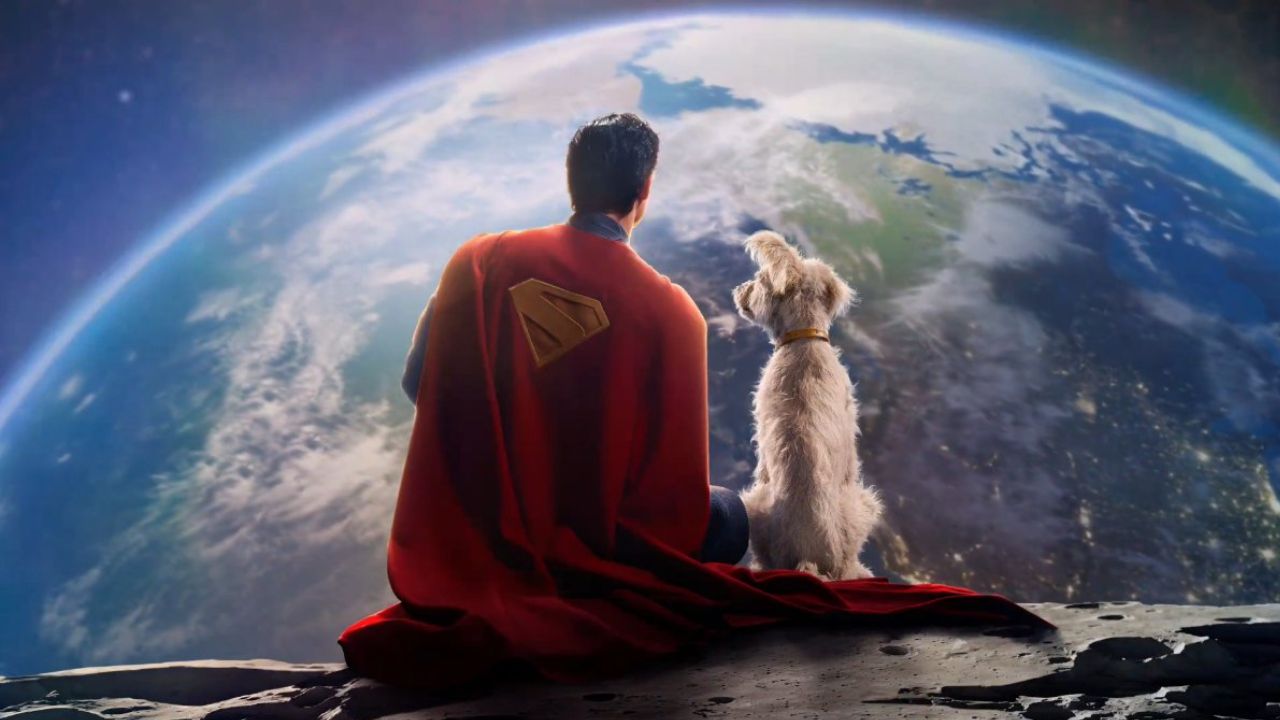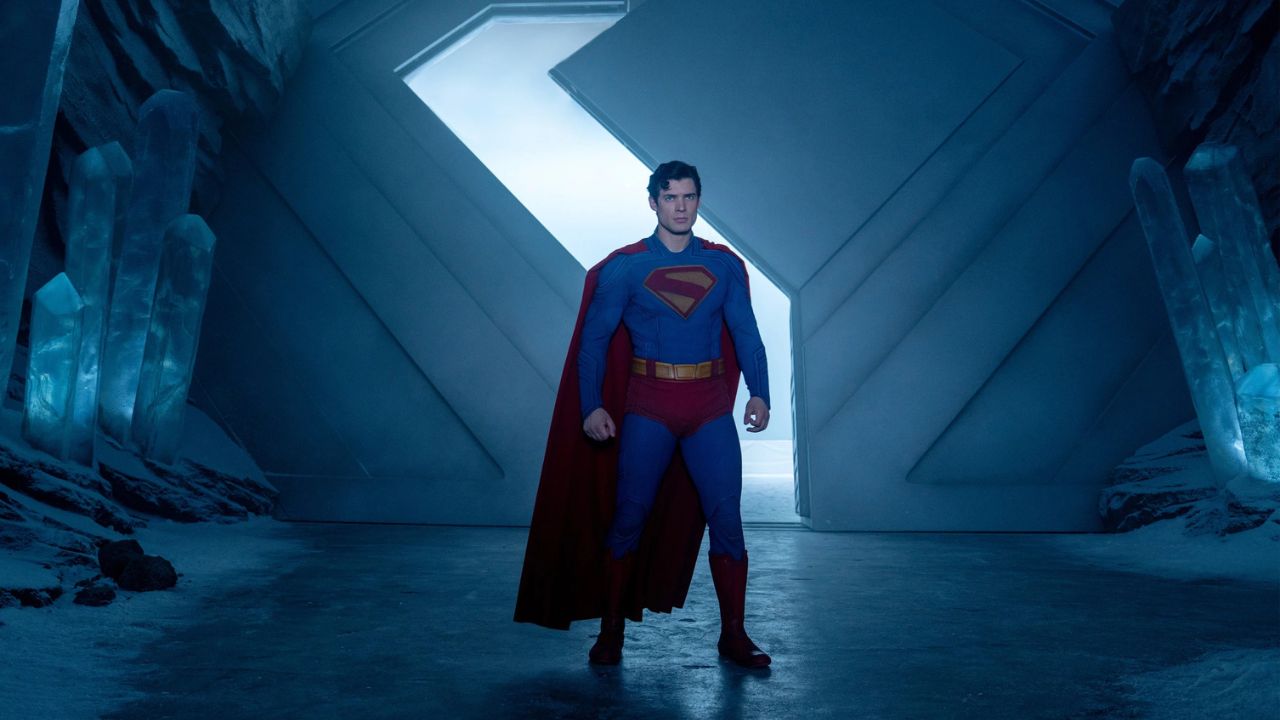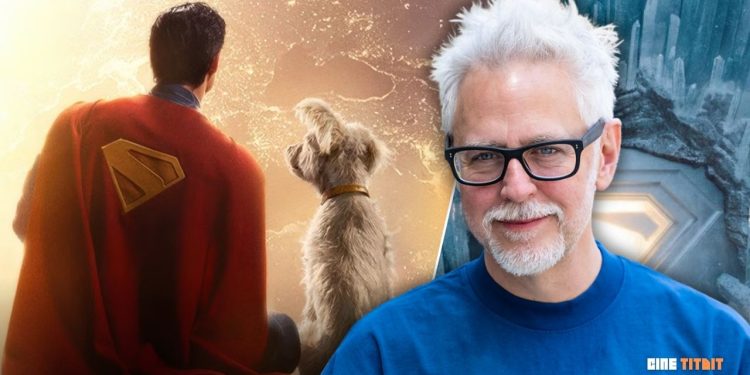What's Inside?
- James Gunn avoids teasing uncertain DCU projects in Superman's post-credit scenes, opting for payoff over hype-driven cliffhangers.
- Drawing from Marvel experience, Gunn rejects unresolved setups like Eros and Clea cameos, favoring meaningful narrative integrity.
- Superman’s end scenes offer light rewards, featuring Mister Terrific and Krypto, respecting viewers without dangling plot threads.
Spoiler Alert: This content contains minor plot details from the Superman film. If you haven’t seen it yet, proceed with caution!
Since its theatrical release last Friday, Superman, directed by James Gunn, has been met with critical acclaim and strong audience reception. But while the rebooted Man of Steel has soared at the box office, its post-credit scenes have divided the DC fanbase. Unlike Marvel’s traditional cliffhangers, which tease future films or introduce surprise characters, Gunn opted for a subtler approach—one that some fans viewed as underwhelming. But according to Gunn, that very departure from Marvel’s formula was intentional. In fact, it represents a bold, creative risk he believes Marvel would never dare to take—and he stands by it.
James Gunn Takes a Stand Against Pointless Teasers

For over a decade, superhero cinema has conditioned audiences to expect post-credit scenes packed with game-changing reveals—whether it’s Nick Fury recruiting heroes in Iron Man or Thanos looming over the MCU. But Gunn, who directed the Guardians of the Galaxy trilogy for Marvel, knows better than most that not every tease gets a payoff. In a recent interview with ScreenRant, he reflected on that experience.
“Well, I found in my time at Marvel that, first of all, the post-credit scenes of mine at Marvel that people liked the best were the stupid ones,” Gunn said. “So, with Howard the Duck at the end of Guardians and Stan Lee at the end of Guardians 2.”
He admitted that while some post-credit gags were memorable, others—like Howard the Duck or Stan Lee’s Watcher informant cameo—never truly led anywhere. Even Guardians Vol. 3 ended with a note promising “The legendary Star-Lord will return,” a claim now in limbo since Gunn has exited the franchise. That inconsistency led him to reevaluate the role of such scenes in a shared universe.
Gunn acknowledged, “I’ve set up things in the post-credit scenes, and Marvel has set up things in the post-credit scenes that never pay off. Unless it’s really for sure going to pay off… like if we were making — we know what the Supergirl movie is — So if it was a payoff at the end of the credits that had to do with something in the Supergirl movie, I would be open to that. We know that’s happening.”
Rather than using Superman’s end-credits moments to tease uncertain storylines, Gunn chose to offer small rewards that honored the film’s cast and crew while delighting those who stayed seated. Two short scenes were featured: one involving Edi Gathegi’s Mister Terrific and another with Krypto and David Corenswet’s Superman—brief, but playful.
“I don’t want to set up stuff just because it’s a shocking post-credit scene that we’re never going to pay off,” he emphasized. “However, I do like giving the audience something for having stuck around through the credits and seeing who all the hardworking people are on the film. And so giving them something, I think, is fun. And that’s what I did. So we put Terrific at the end.”
Why This Approach Is a Creative Gamble Marvel Won’t Risk

James Gunn’s decision isn’t just about cleaning up narrative loose ends—it’s a statement about storytelling priorities. Hollywood, and Marvel in particular, has long relied on post-credit teases to drive hype. But in doing so, it has often sacrificed resolution and left major plot threads hanging. From Harry Styles’ debut as Eros in Eternals to Charlize Theron’s Clea in Doctor Strange 2, some of these character introductions have led nowhere, leaving audiences in limbo.
Gunn sees that as a disservice. His Superman film resists this trend, preferring clarity over cheap suspense. The risk? Fans might leave the theater feeling let down, especially if they came expecting a bombshell cameo or a Supergirl plot twist. But the reward is creative integrity. Gunn isn’t building a cinematic universe on a house of cards. He’s constructing a narrative foundation that values storytelling over spectacle.
And that’s precisely why Marvel wouldn’t take this chance. The MCU’s reliance on interconnected teases has become its signature—one Gunn is consciously breaking away from. In doing so, he redefines what post-credit scenes can be: not just setups for sequels, but genuine moments of joy or reflection.
As the DCU starts its ambitious new chapter, Gunn’s approach may set a precedent. He’s promised not to dangle threads unless he can tie them up—and that kind of commitment could be exactly what the genre needs.













